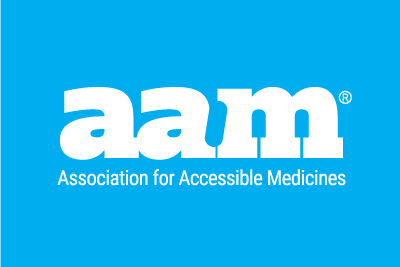We greatly appreciate the FDA’s efforts to increase the number of generic drug approvals and take action on applications in the backlog.
In fact, the agency approved a record number of generic applications in 2017, including 843 full approvals and 184 tentative approvals. We also are very encouraged by FDA Commissioner Scott Gottlieb’s comments that he wants to beat that number of approvals in 2018.
This is good news for patients as more generic drugs on the market means more choices, more competition for brand-name products and lower drug prices.
However, there’s still more work for both the FDA and industry to do.
We need to ensure that more first generics (the first generic version of a brand-name drug product) and biosimilar products (less expensive versions of complex biologic drugs) are approved at the earliest legally eligible date. We also need to improve the number of applications approved in the first review cycle. Currently, many applications go through multiple review cycles before receiving approval.
And there is still more work to do on backlog applications. A backlog application is any application that the FDA received before 2012 when the generic drug user fee program started.
The Generic Drug User Fee Amendments (GDUFA I & II) are a part of the laws (FDASIA & FDARA) that enables the FDA to collect user fees from the generic industry in return for certain performance goals. In GDUFA I, FDA agreed to act on 90 percent of applications in the backlog by Sept. 30, 2017, and the agency accomplished that metric.
However, action doesn’t necessarily mean the agency is finished with the backlog application. Often taking action means the agency has requested more information from the applicant. More work remains to bring all of those backlog applications to a final resolution.
By David Gaugh, AAM Senior Vice President, Sciences & Regulatory Affairs




